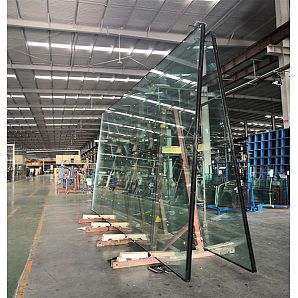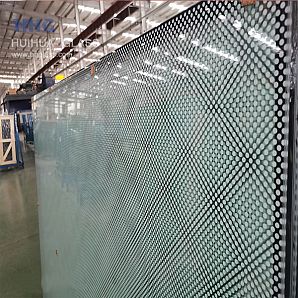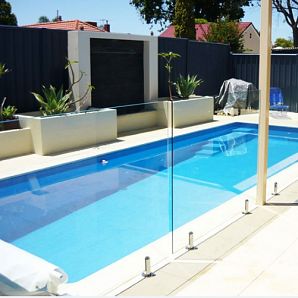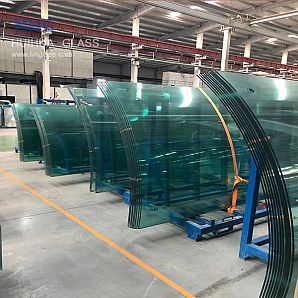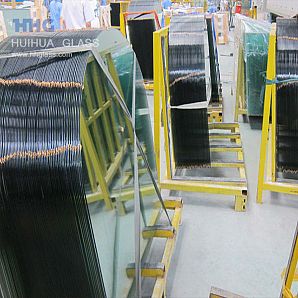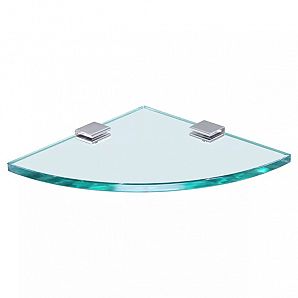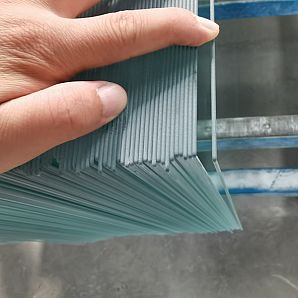Glass is divided into special toughened glass and ordinary glass, so what is special glass? Next, special toughened glass refers to the glass used in modern special technology. It has many varieties and wide application. This paper briefly introduces the manufacturing principle and properties of some special glasses.
(1) Protective glass protective glass generally refers to the glass against X-ray or gamma ray or neutron. Because the absorption of radioactive radiation increases with the increase of atomic number of metal elements, protective glass contains a lot of heavy metal oxides. For example, the anti X-ray glass contains more PbO, Bao, etc., and the anti γ ray glass contains more PbO, WO3, Bi2O3, etc. Because the penetration ability of γ - ray is much stronger than that of X-ray, the specific gravity and lead equivalent of γ - ray protective glass are much higher than that of X-ray protective glass. There are three kinds of neutrons: thermal, slow and fast. The so-called neutron proof glass refers to thermal neutrons and slow neutrons. Because the absorption effect of many materials for fast neutrons is not ideal, fast neutrons can only be absorbed after being slowed down (by heavy water or light metal). In general, the composition of neutron absorbing glass contains high amount of B2O3, CDO, etc. Because the above three kinds of glass contain more heavy metal oxides in its composition, the color of the glass is darker and the light transmittance is reduced. The larger the specific gravity of glass is, the higher the content of heavy metal oxide is, the deeper the glass coloring is, and the greater the influence on the light transmittance is. Therefore, it is required to be colorless and transparent to prevent gamma rays and neutrons, but it is difficult to achieve high transparency in manufacturing process. But starting from the requirements of the atomic reactor's view window, we always hope that it has a higher transparency. In fact, this is a pair of contradictions. Lead equivalent refers to the unit thickness of glass, in terms of the ability to absorb X-ray or gamma ray, equivalent to the thickness of lead plate. That is to say, the lead equivalent = the thickness of lead plate / the thickness of glass. Generally, after the glass is irradiated by γ - ray, the glass is colored and the light transmittance is significantly reduced. The degree of colouring is related to the composition and structure of the glass, as well as the irradiation dose. This property of glass is called irradiation stability. The irradiation stability of high lead glass is poor, and the irradiation coloring effect is obvious. However, after irradiation stopped and placed for a period of time, the color can gradually fade away. If the glass is heated, the discoloration will be rapid and the glass can still be reused. In addition, in order to improve the irradiation stability of the glass, a small amount of CeO2 can be introduced into the glass. After irradiation, the light transmittance of such glass decreases slightly.

